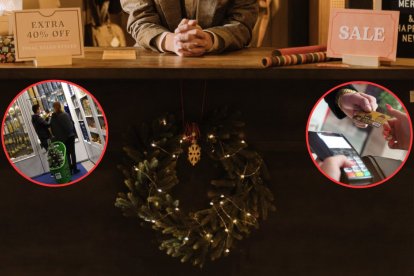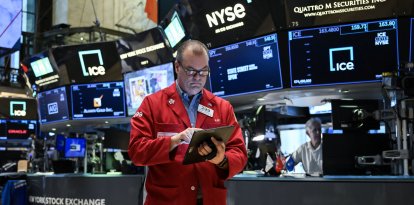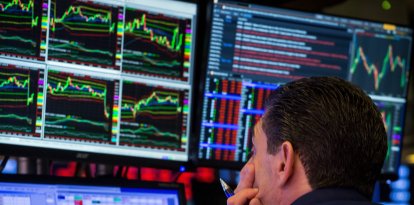Inflation and falling consumer confidence threaten holiday shopping
The Christmas season is set to arrive with an increase in prices compared to last year. Despite data showing a decline in inflation, Americans expect the CPI to rise.

Compras navideñas (Pexels).
Citizens expect inflation to rise again. Although data released by the Bureau of Labor Statistics (BLS) has shown a significant drop in the Consumer Price Index (CPI), this does not seem to be reflected in Americans' pockets.
A survey conducted by the University of Michigan revealed that consumer confidence fell for the fourth consecutive month in November. Americans expect the CPI to rise to 4.5% next year (up from 4.2% in October and 3.2% in September).
The discouraging perception of consumers regarding the cost of living is confirmed when observing the prices of items and products of the Christmas season. For example, the price of Christmas trees has increased by 10% compared to 2022. According to the American and National Christmas Tree Association (ACTA), $80 to $100 is the average cost of a tree this year. However, the price of an artificial tree can reach up to $1,000.
Jami Warner, Executive Director of ACTA stated:
'Consumers appear worried'
When asked about the country's economic outlook in the next five years, respondents predict that inflation will average 3.2% (compared to the 3% figure reported in October and 2.8% in September).
This forecast data in the latest survey by the University of Michigan are the highest since 2011, which shows the Americans' lack of confidence in the country's economic situation. Joanne Hsu, director of the survey, stated:
'Prices remain up a stunning 17.62%'
Moody's Analytics chief economist Mark Zandi offered an explanation for this phenomenon, which is that basic household costs remain higher than in previous years. Despite the CPI data that reflects a drop in prices, compared to 2022, they "remain up a stunning 17.62%":
That is, households are spending more money to cover their basic needs. In October, average Americans had to pay $205 more than a year ago to buy the same goods and pay for the same services. However, this figure increases to $680 if the comparison is made with what a typical household spent two years ago (2021) to cover their daily expenses, according to Zandi.
RECOMMENDATION





















